I have found in Dieter Nuhrmann's book an interesting approach to amplifier circuit and decided to test it.
Unfortunately the Multisim simulation does not work as expected. The signal is not amplified at the output.
What's wrong or what I'm doing wrong?

